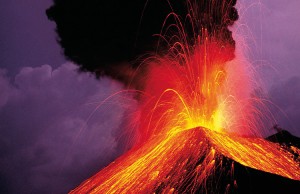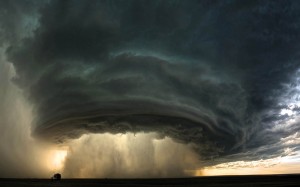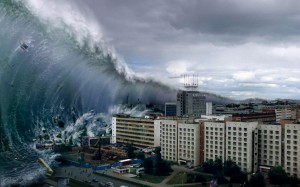Natural disasters
As we have seen, it is very much worthwhile to protect the environment in large ways and in small, by personal efforts and the election of “green politicians” and allowing it to recover instead of consuming our way into oblivion.
An additional reason is that many of the so-called natural disasters have their causes in the modern, industrially influenced lifestyle that has forced the Earth balance.
We are destroying the environment through our four pollution cycles, by cutting trees and destroying rainforests, polluting the oceans and water cycle, changing the world’s climate through a wide variety of emissions and pumping trillions of barrels of oil out of the ground and the seas so that we can burn it in our machines, thus warming the globe.
Note:
Oil extraction creates huge hollow spaces below the earth and the seas and thus vacuums, although some have recently been flooded with seawater. This oil, which has formed over millennia, also serves as filling material and lubrication for rock formation; following its removal, the rock layers are scarcely able to stand up to the friction and are in danger of breaking.
All these influences, combined with global warming, thus lead to the destabilization of the Earth’s upper crust.
The increase in natural disasters
There have, of course, always been natural disasters, but in the last 200 years of industrialization, they have increased dramatically in frequency and intensity.
The increasingly frequent agitation of the earth‘s thin crust has increased the movement of the continental plates, causing more earthquakes and volcanic eruptions.
In the last 14 years since the turn of the millennium alone, scientists have registered five times as many significant natural disasters as occurred in the entire 20th century.
Earthquakes, volcanic eruptions, hurricanes and tsunamis are becoming more frequent and we repeatedly hear news reporters saying that they are the strongest on record.
But what do the statistics really look like?
– In the first 1,700 years of our era, there were 13 large events (averaging less that one per century).
– Between 1700 and 1900, there were 13 disasters (averaging one every 15 years).
– Between 1900 and 2000, there were 28 (an average of one every 3.5 years).
– Between 2000 and 2014, there were 26 (an average of one every six months).
And just as I had completed my analysis, SwissRe, one of the largest reinsurers worldwide, presented its statistics: Four times as many disasters in the last 40 years, and an increase of 70% in the last ten!
These dramatic numbers also show us how badly the climate and the continental plates have grown out of balance over the last few decades.
What will the next 20 years hold if we keep on as we have been?
This is just a small excerpt from the book GAIA LEGACY.



